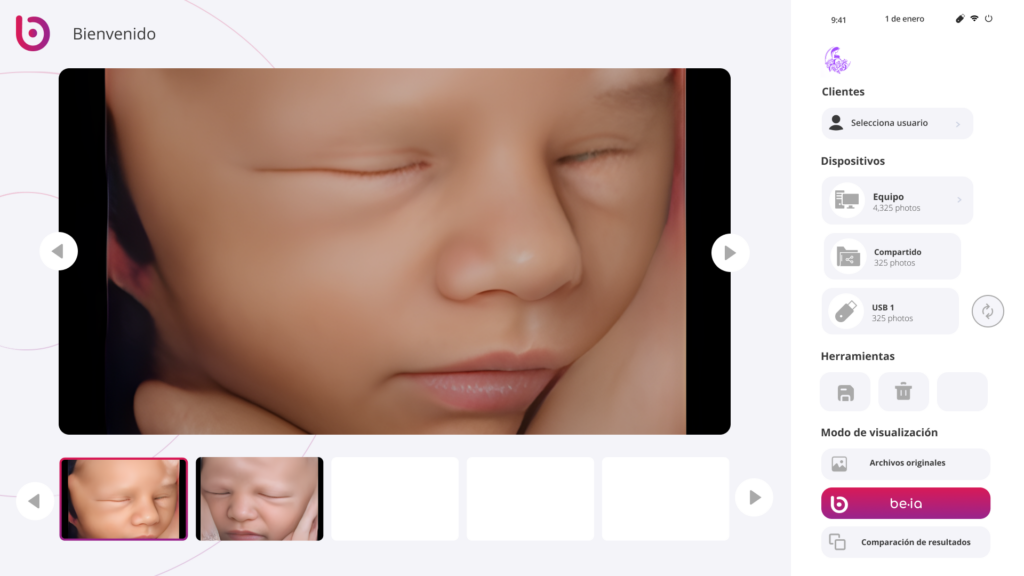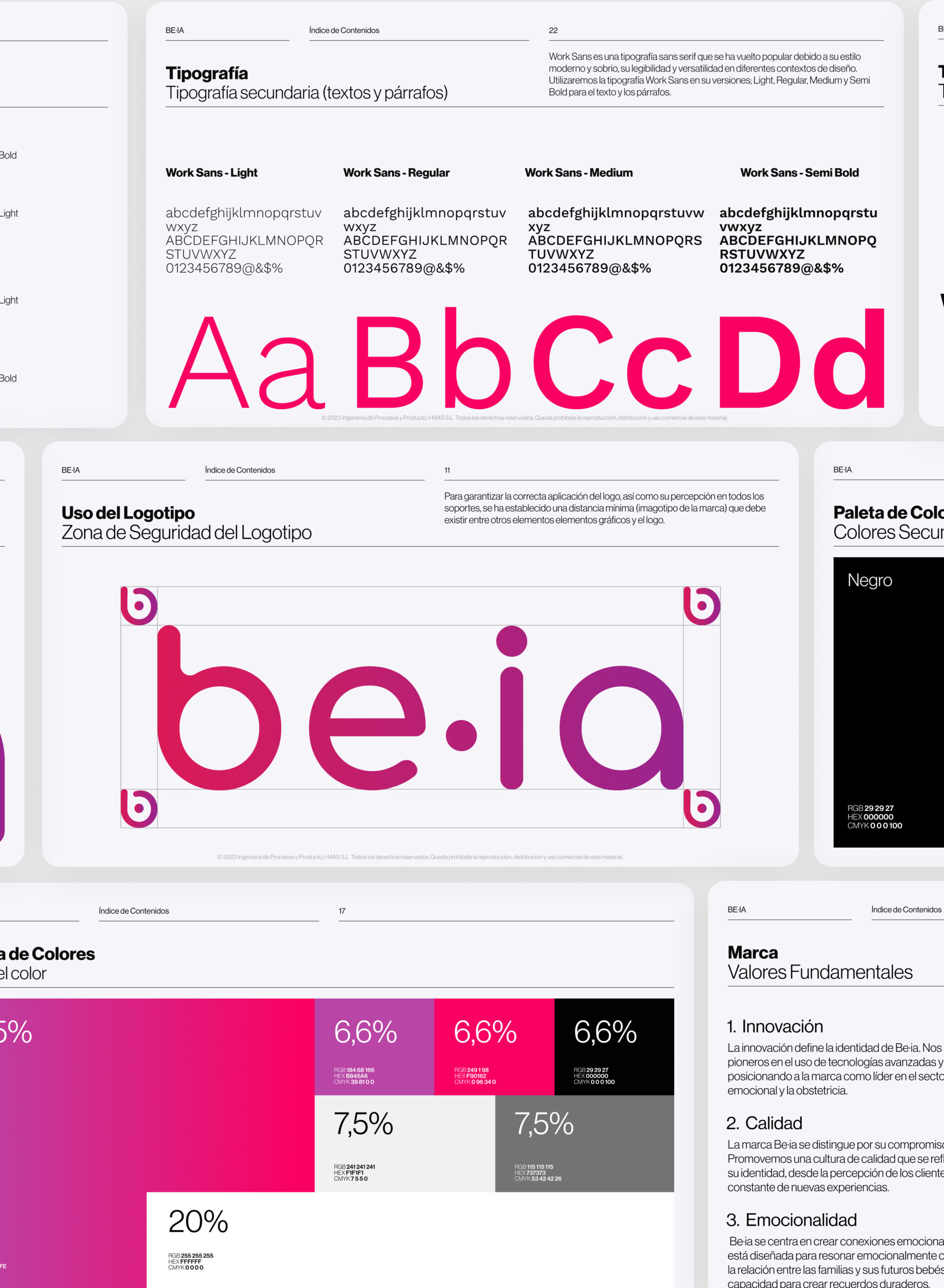In product design, it is essential to establish an effective connection between the design and a brand’s corporate identity. Visual coherence is key to consistently conveying the brand’s values and personality through every aspect of the product.
In this article, we explore what branding is, its importance in product design, and the key strategies to implement it. Keep reading!
Branding and Corporate Identity
Branding refers to the process of creating a unique and distinctive perception in the minds of consumers about a company, product, or service. On the other hand, corporate identity focuses on the visual and communication elements that represent the essence and values of a brand. These two concepts work hand in hand to establish the personality of a product, providing coherence and recognition both at the point of sale and in the mind of the consumer.
Importance in Product Design
In product design, branding and corporate identity involve key decisions that impact several essential aspects:
- Visual Consistency and Coherence: A design that faithfully reflects the values and personality of the brand reinforces corporate identity. This translates into a consistent experience for the consumer at all points of contact with the product, from its presentation in-store to the usage experience.
- Competitive Differentiation: In a saturated market, product design can be the decisive factor in standing out from the competition. Well-executed branding helps differentiate a product not only by its functional features but also by its aesthetics and emotional message.
- Creation of Perceptual Value: The perception of quality, innovation, and reliability can be strongly influenced by design and corporate identity. Good design not only visually attracts but also communicates intangible values that enhance the perceived value of the product.
- Facilitating Consumer Loyalty: A strong identity creates emotional bonds with consumers, fostering long-term loyalty. This results in repeat purchases and recommendations driven by affinity towards the brand and its products.
Effective Strategies in Product Design
To optimize the impact of branding in product design, it is crucial to follow well-defined strategies:
- Market Research and Audience Understanding: Thoroughly knowing your target audience and understanding their tastes and needs is crucial for creating a design that truly connects with them.
- Multichannel Coherence: Maintaining a consistent visual identity across all consumer touchpoints, from packaging to advertising and digital platforms.
- Contextual Innovation: Adapting the design to current trends and market expectations without losing the essence of the brand. Innovation doesn’t mean abandoning what makes you unique; it’s about evolving while maintaining your identity!
- Continuous Evaluation: Monitoring and adjusting the design and corporate identity based on market feedback and changes in consumer preferences.
Influence of i-mas
At i-mas, we have taken a comprehensive approach to designing and developing be·ia, an innovative device that redefines the user experience in the field of emotional ultrasound. Thanks to artificial intelligence, it transforms hyper-realistic images of babies in real time, eliminating the need for post-production.

In addition to this technological advancement, at i-mas, we have placed special emphasis on creating a strong and coherent brand identity for be·ia. Through a meticulous study encompassing naming, typography, and color palette selection, we have ensured that every aspect of the visual identity effectively reflects the values and essence of the product.


At i-mas, we understand that product design is not just about functionality and aesthetics, but also about how these elements integrate to communicate quality, trust, and authenticity.
Are you ready to take your next project to the next level? We look forward to meeting you!



